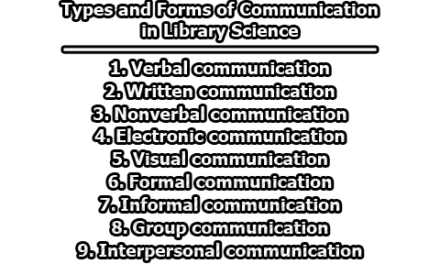How to Support Older Adults in Embracing Digital Library Services:
Digital library services have become an indispensable resource, offering a wealth of information, entertainment, and learning opportunities. However, some older adults encounter barriers when attempting to access and utilize these services. Factors such as a lack of digital skills, low confidence levels, and limited access to devices can hinder their engagement. As a library professional, you have a vital role in assisting older adults in embracing the digital world. In this article, we will explore how to support older adults in embracing digital library services.
1. Assess Their Needs: Before introducing older adults to digital library services, it is essential to understand their unique needs, interests, and goals. Engage with them in conversations to determine what they want to learn, read, watch, or do online. Inquire about the devices they possess and the quality of their internet connection. To gather more comprehensive insights, utilize surveys, interviews, or focus groups to solicit feedback from older adults regarding their preferences and expectations for digital library services. This initial step lays the foundation for a tailored approach to meet their requirements.
2. Provide Training and Support: Digital literacy can be a significant hurdle for many older adults. To help them overcome this challenge, offer a range of training and support options. Workshops, tutorials, guides, and instructional videos covering the basics of digital library platforms, apps, and tools are effective tools. Moreover, one-on-one or group assistance, whether in person or remotely, can be offered to address specific questions or problems. When providing guidance, it’s crucial to use clear, simple, and respectful language, demonstrating and repeating steps as needed. Building confidence and competence is key to fostering independence in digital library usage.
3. Recommend Relevant Resources: The vast array of digital library resources can be overwhelming for older adults. To ease their navigation and access, recommend curated collections, lists, or newsletters tailored to their interests and needs. Readers’ advisory services, book clubs, or online forums can be utilized to suggest and discuss books, e-books, audiobooks, and other media. Additionally, promote resources designed to meet older adults’ unique requirements, such as large print, audio descriptions, or captioning. Guiding them to the right materials ensures a more enjoyable and fulfilling experience.
4. Encourage Social Interaction: Digital library services can serve as a platform for fostering social interaction and community engagement among older adults. Invite them to participate in online events, programs, or activities that align with their interests, such as webinars, podcasts, games, or crafts. Creating or joining online groups, networks, or platforms can help connect older adults with fellow library users, staff, or experts. Encourage them to share their feedback, opinions, or personal stories, promoting a sense of belonging and camaraderie.
5. Address Accessibility and Usability Issues: Older adults may face accessibility and usability challenges when using digital library services, including low vision, hearing loss, cognitive impairments, or physical disabilities. To overcome these obstacles, it is essential to ensure that digital library services are designed and delivered following the principles of universal design and web accessibility. Provide older adults with adaptive devices, software, or settings that enhance their user experience, such as screen readers, magnifiers, keyboards, or voice controls. In doing so, you create a more inclusive environment where everyone can enjoy digital library services.
6. Evaluate and Improve Your Services: To continually enhance the digital library experience for older adults, it is essential to conduct regular evaluations and gather feedback. Collect and analyze data on the usage, satisfaction, and impact of digital library services among older adults, utilizing both quantitative and qualitative methods. Solicit and incorporate feedback and suggestions from older adults on how to improve your services. Stay updated with the latest trends, technologies, and best practices in digital library services, ensuring that older adults benefit from the most innovative and effective tools available.
In conclusion, digital library services offer a world of knowledge, entertainment, and connection, and it’s vital that older adults are not left behind due to digital barriers. As a library professional, your role in helping older adults embrace these services is indispensable. By assessing their needs, providing training and support, recommending relevant resources, encouraging social interaction, addressing accessibility and usability issues, and continually improving your services, you can empower older adults to navigate the digital world with confidence and independence. In doing so, you contribute to a more inclusive and enriching library experience for all generations.

Library Lecturer at Nurul Amin Degree College










